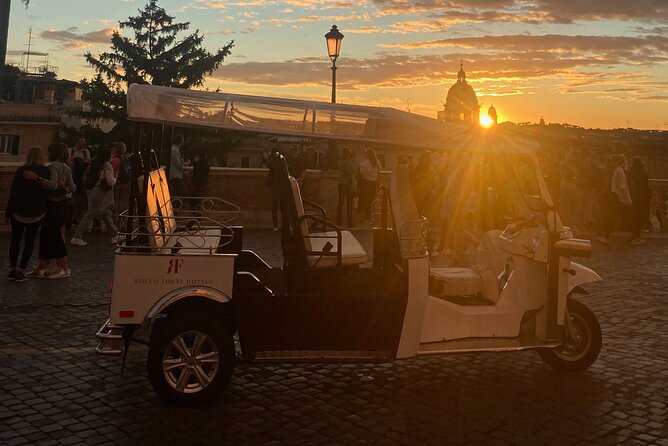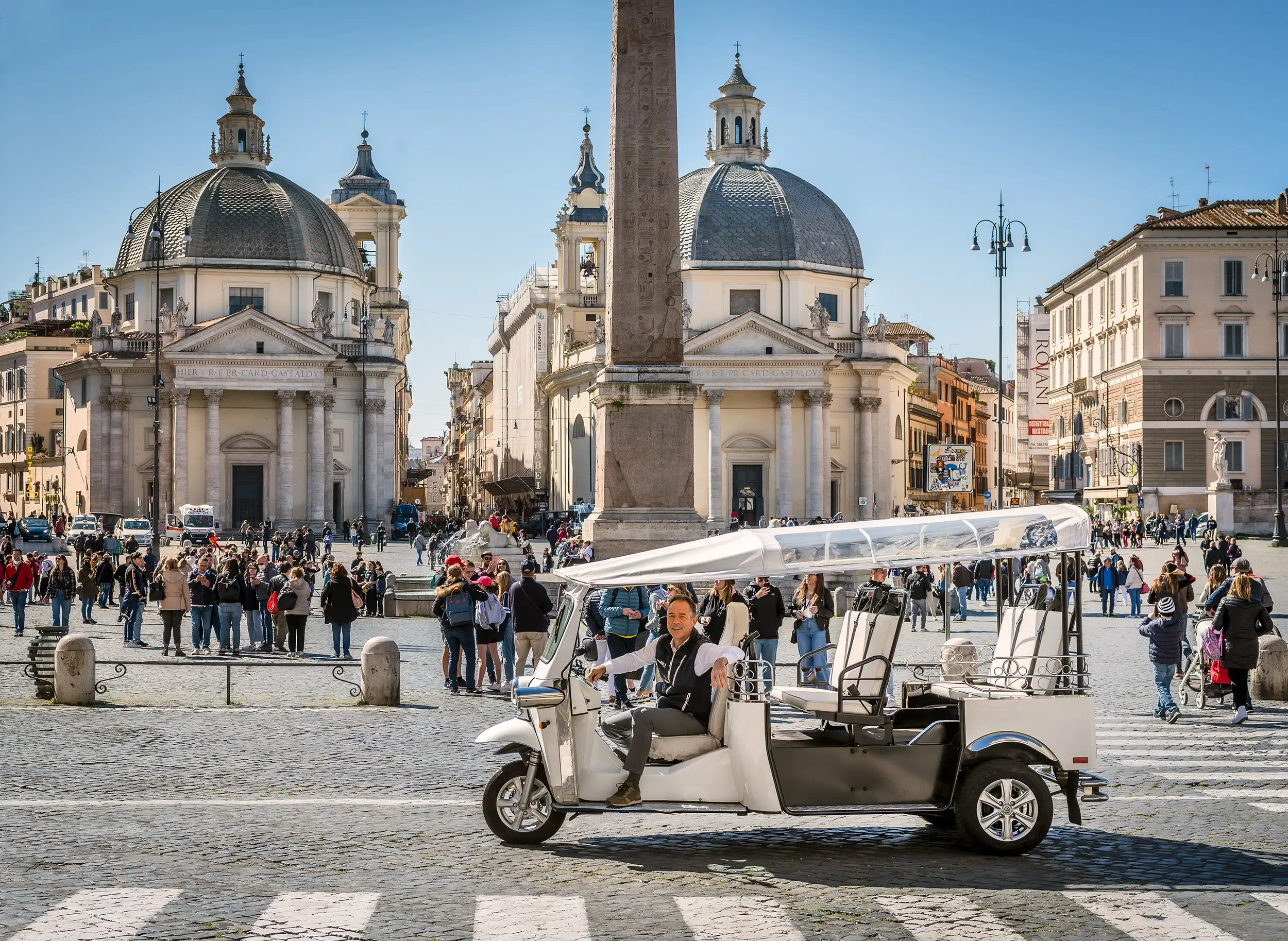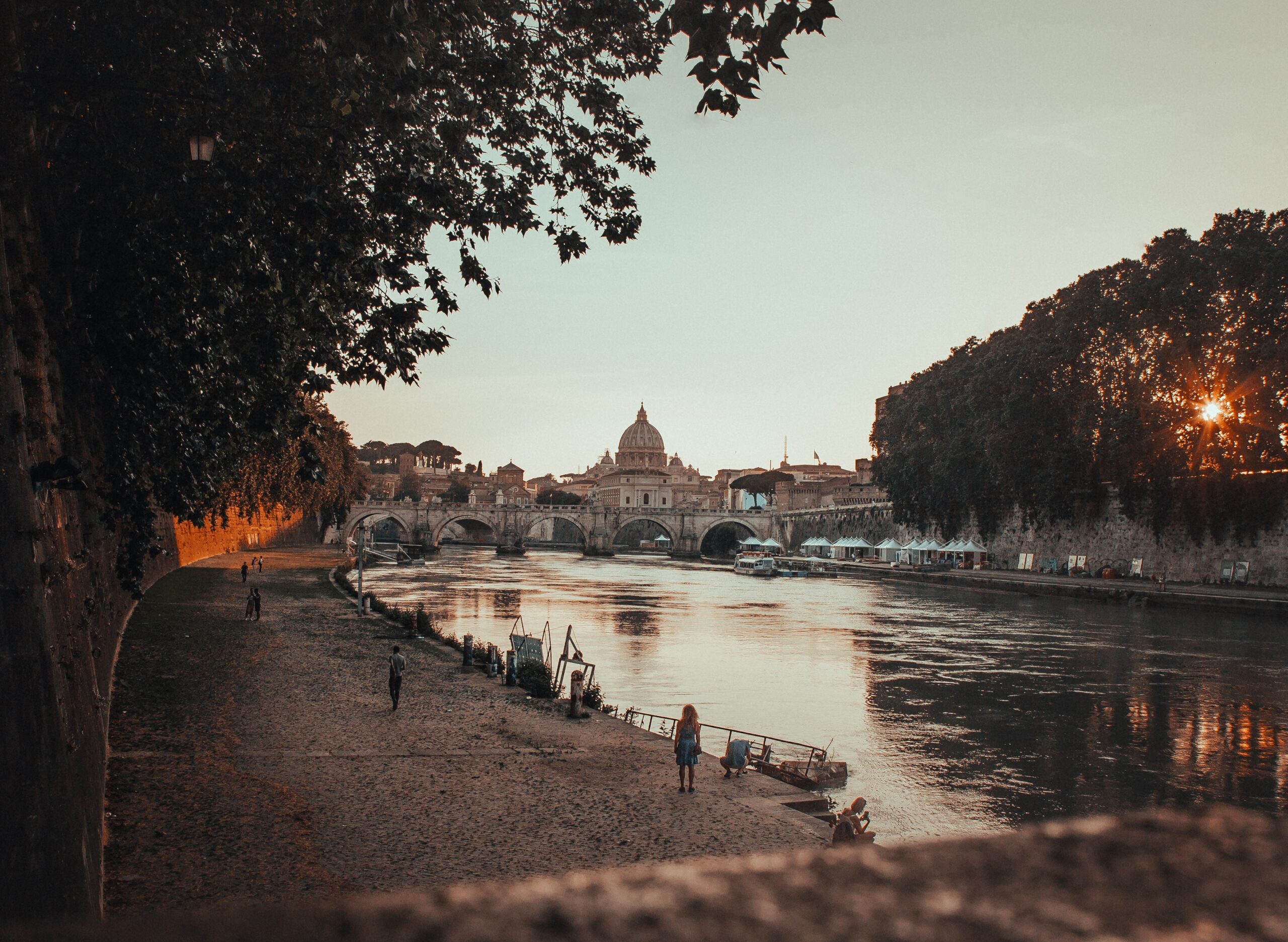“La Dolce Vita“—an idea that still captivates the global imagination, especially for those looking at Italy from abroad. But what does it truly mean? The term “dolce vita” refers to a quintessentially Italian way of life that embraces small daily pleasures and a slower pace of living. Originally, “la dolce vita” described a specific historical period characterized by this lifestyle. Over time, it evolved to define an entire approach to life centered around luxury and the joys of good living. But how did the concept of the Italian dolce vita come about? And what are its key characteristics? Let’s explore this together in this article.
The Origins of the Italian Dolce Vita: between scandals and cinema
The roots of the Italian dolce vita trace back to the 1960s, during the economic boom. As the 1950s came to a close, Italy, especially Rome, began to recover from the devastation of World War II. A renewed desire to embrace life and enjoy the pleasures the city had to offer surged dramatically. Cinecittà became a hub for many Hollywood directors who saw Rome as a profitable place to make films. This trend created a vibrant and cosmopolitan environment that soon became synonymous with “dolce vita.”
The Party at Rugantino and the scandal
On November 5, 1958, the famous Rugantino restaurant in Trastevere hosted a private birthday party for Countess Olghina di Robilant. Among the guests were Anita Ekberg and Turkish-Armenian dancer Aïché Nana. During the evening, Aïché Nana performed an impromptu striptease, captured by several undercover paparazzi. At the Countess’s request, the police confiscated the film rolls. However, some photos leaked out and appeared in the weekly magazine Espresso, causing a major scandal. The dancer’s provocative act challenged the moral conventions of the time, paving the way for a claim to freedom and rebellion. This event became an enduring part of the collective imagination linked to la dolce vita.
Fellini’s “La Dolce Vita”
We cannot discuss the dolce vita without first mentioning Federico Fellini’s iconic film of the same name. Indeed, it is considered one of the most iconic films in cinema history, and it cemented the fame of this lifestyle. The story revolves around Marcello Rubini (played by Marcello Mastroianni), a tabloid journalist with ambitions of becoming a writer. Set against the backdrop of 1960s Rome, the film portrays the contrasts of high society. Notably, among its most famous scenes, Sylvia’s (played by Anita Ekberg) dip in the Trevi Fountain remains an unforgettable symbol of the dolce vita.
How to live the Dolce Vita
This period left an indelible mark on our collective memory. Even today, people talk about “la dolce vita,” and many seek to rediscover this “good life” in their everyday routines. But what does living this age truly mean? As noted, the dolce vita was an era characterized by luxury, lightheartedness, and the pleasure of enjoying life. This style still influences our behaviors today. We can summarize the key values of the Italian dolce vita as follows:
Slow rhythms and daily pleasures
The dolce vita means savoring the small moments—like a coffee at a café, a sunset stroll, or a chat in the piazza. Everything is experienced with calm, without rushing, to truly enjoy the present.
Good food and conviviality
Cuisine becomes a ritual. The dolce vita manifests itself around the table, with long lunches and dinners in the company of friends and family, where food becomes an act of love.
A cult of beauty
Art, architecture, breathtaking landscapes—living the dolce vita means being surrounded by beauty, whether in a historic city or a bucolic countryside. Every corner of Italy offers a masterpiece waiting to be discovered.
Style and self-Care
Italians embrace elegance naturally, with attention to detail and simplicity. Dressing well, grooming oneself, and feeling comfortable in one’s skin all form part of the Dolce Vita philosophy.
Love for social life
The heart of dolce vita beats in social interactions. From summer evenings outdoors to aperitifs that stretch late into the night, sharing time with others is essential for living well.

credits: Roma Artigiana & Creativa
The most iconic cities of the Italian Dolce Vita
Italy, a land of endless beauty, boasts cities that perfectly embody the essence of dolce vita. First and foremost is Rome, the Eternal City and the ultimate symbol of the dolce vita. Its streets and squares tell stories spanning centuries. In simple daily gestures—like a coffee in Piazza di Spagna or a stroll along the Tiber at sunset—you can uncover the true Roman spirit. Similarly, Florence, the cradle of the Renaissance, is a city to experience slowly. With its art and architecture, it conveys a deep love for beauty. Here, the dolce vita permeates every alley, from ancient workshops to monumental squares. Meanwhile, Venice enchants with its timeless magic.
Venezia and Capri
Losing yourself among the narrow streets or sipping prosecco in Piazza San Marco immerses you in an atmosphere of pure refinement, where this period becomes synonymous with a dream. Finally, Capri needs no introduction. A favorite destination for the international jet set, it represents the most glamorous side of Dolce Vita. Between crystal-clear waters and luxury boutiques, everything caters to those who love to live elegantly and carefree.
How Dolce Vita continues to inspire today
In conclusion, a question arises: why does the Dolce Vita model continue to inspire us today? The Italian dolce vita encourages us to slow down, nurture authentic relationships, and enjoy the small pleasures of everyday life. In an increasingly fast-paced world, living at a slower rhythm, taking a break for a coffee or a walk, becomes a precious luxury. Indeed, human connections play a central role in this philosophy. Sharing a meal or a conversation enriches life more than any material success. Ultimately, true pleasure lies in the present, in appreciating simple gestures, and in valuing each day as a gift. This concept is not just a memory of the past but an invitation to live the present more fully.
The Italian Golden age
There was a time when Italy shone with wealth, and Rome experienced its golden age. Via Veneto was the epicenter of global high society, and Cinecittà was known as the “Hollywood on the Tiber.” This was the era of La Dolce Vita, immortalized by Federico Fellini’s iconic film. Now, that same magic is being rediscovered through an exhibition at London’s Estorick Collection. With eighty photographs from the early 1960s, the exhibit vividly brings to life the charm, creative energy, and irresistible glamour of those years.
Marcello Geppetti’s Lens
Marcello Geppetti, the paparazzo who inspired Fellini to create the character of Marcello Mastroianni, took the photographs on display. The selected images draw from Geppetti’s vast archive of over a million shots. Geppetti mastered the art of street photojournalism, constantly seeking the perfect moment to capture the ideal shot. Though he didn’t view himself as an artist, the exhibition showcases his impeccable technique and the outstanding quality of his photographs, which people now widely recognize and appreciate.
International Stars in Rome
Among the most iconic moments captured by Geppetti is, without a doubt, the famous kiss between Richard Burton and Elizabeth Taylor, which revealed their romance to the world while Taylor was still married to Eddie Fisher. During the 1960s, Rome became a regular stop for American film stars, and Geppetti never failed to seize every opportunity to follow them, documenting their every move away from the film sets. For instance, from Elizabeth Taylor strolling through Via Veneto dressed as Cleopatra to Audrey Hepburn caught buying bread, his photos capture unexpected moments of celebrities in a vibrant, cosmopolitan Rome.
Additionally, other memorable shots include Cary Grant and Rock Hudson on the set at Cinecittà, Mike Hargitay feeding Jayne Mansfield a plate of spaghetti, and Sophia Loren smiling in a car with her husband and Vittorio De Sica. Furthermore, there’s Brigitte Bardot posing for photographers and a young Alain Delon captured dining with Gina Lollobrigida. Altogether, the blend of local and international stars represents a period when Rome truly seemed to be the center of the cinematic universe.
(credits: Freepik)
Related post




